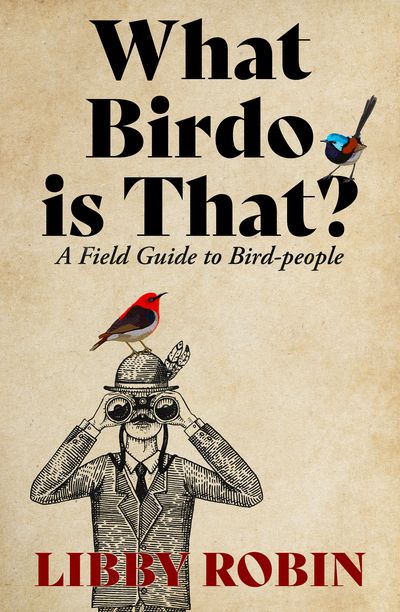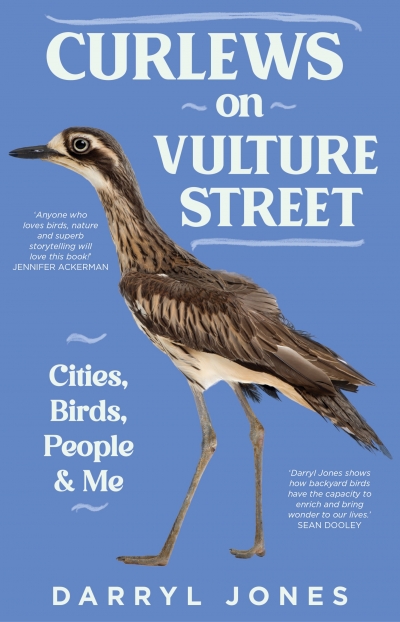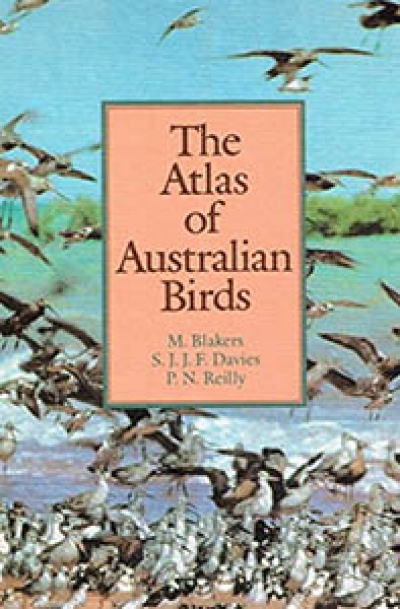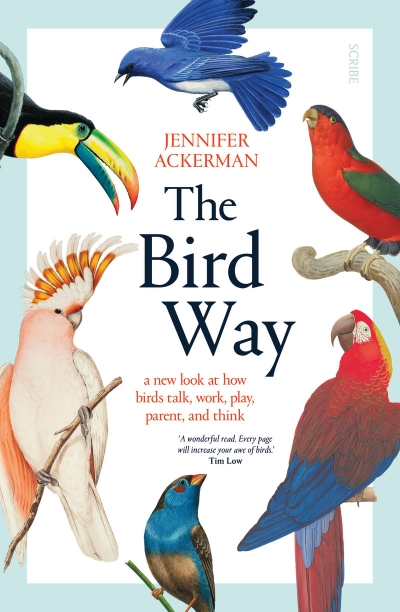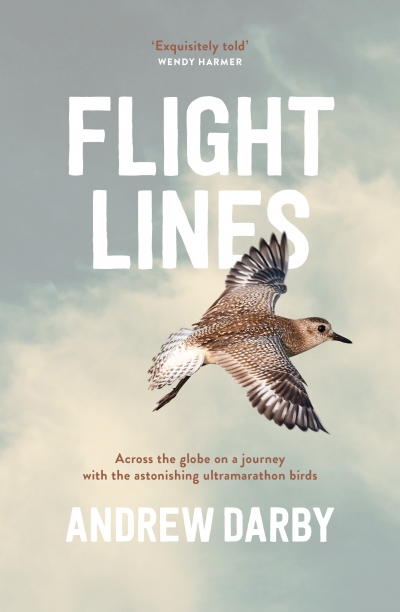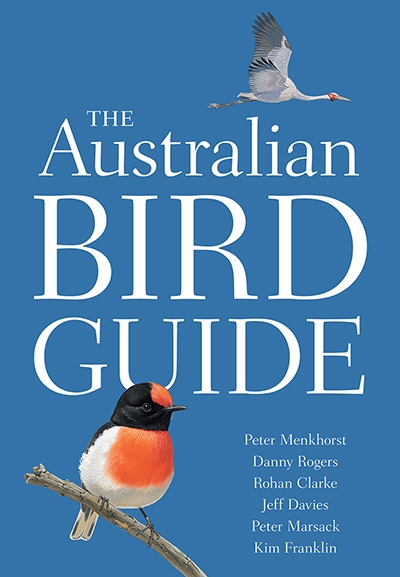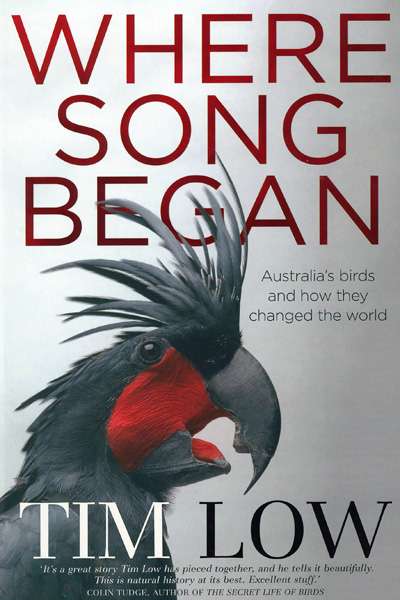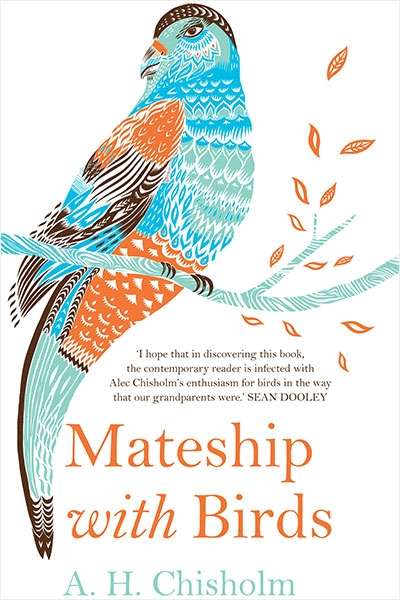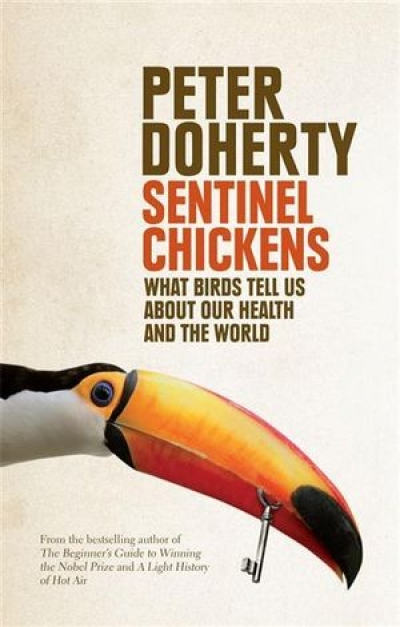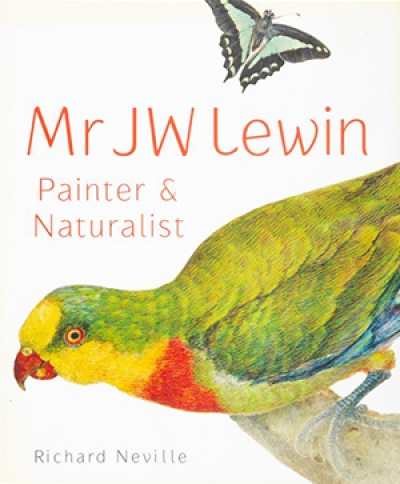Ornithology
What Birdo is That?: A field guide to bird people by Libby Robin
by Peter Menkhorst •
Curlews on Vulture Street: Cities, birds, people and me by Darryl Jones
by Peter Menkhorst •
The Atlas of Australian Birds by M. Blakers, S.J.J.F. Davies, and P.N. Reilly
by Evan Jones •
The Bird Way: A new look at how birds talk, work, play, parent, and think by Jennifer Ackerman
by Simon Caterson •
Flight Lines: Across the globe on a journey with the astonishing ultramarathon birds by Andrew Darby
by Andrew Fuhrmann •
The Australian Bird Guide edited by Peter Menkhorst, Danny Rogers, Rohan Clarke, Jeff Davies, Peter Marsack, and Kim Franklin
by Richard Noske •
Sentinel Chickens: What Birds Tell Us about Our Health and the World by Peter Doherty
by Peter Menkhorst •

